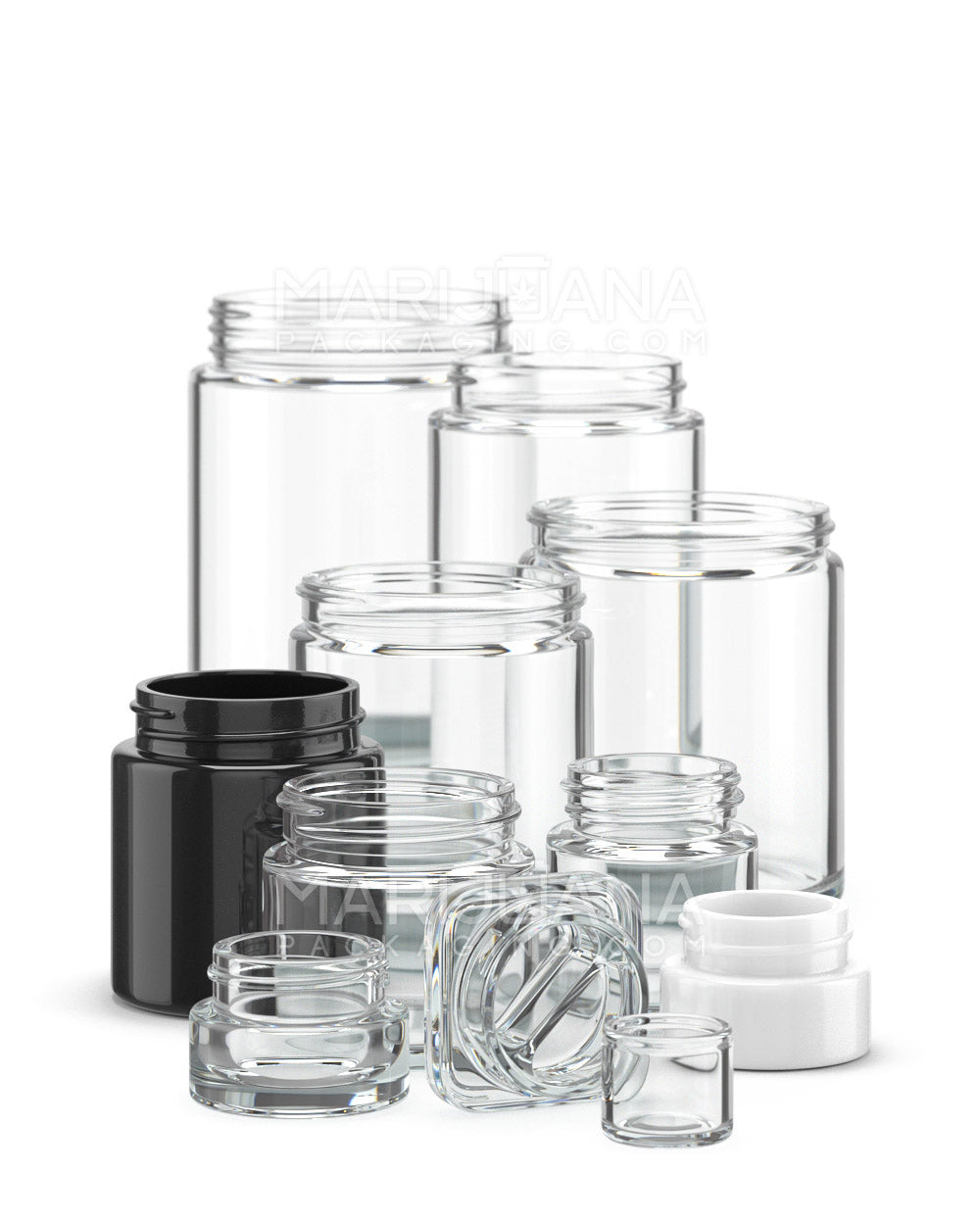Growing marijuana outdoors in Connecticut might seem like a dream to some aspiring cultivators. You picture lush green plants basking in the sun, surrounded by the tranquil Connecticut countryside. Yet, before you start planning your garden, there are a few important things to know about the legal and practical sides of outdoor marijuana cultivation in this state.
In this article, we'll cover the legal landscape for growing cannabis outdoors in Connecticut, practical tips for a successful crop, and a few challenges you might face. By the end, you'll have a clearer understanding of whether this is an endeavor worth pursuing.
Legal Considerations for Growing Marijuana Outdoors in Connecticut
Let's kick things off with the legalities. Connecticut has made strides in cannabis legalization, but it's vital to understand the specific laws about cultivation. As of the latest updates, adults aged 21 and over can legally possess and use marijuana, but the rules around growing it can be a bit tricky.
Connecticut allows for limited home cultivation. However, this doesn't mean you can start a weed farm in your backyard. The law permits residents to grow a limited number of plants for personal use, specifically up to six plants in total per household, with no more than three being mature at any one time. While this provides some freedom, it's crucial to stay on the right side of the law by adhering to these limits.
Moreover, the plants must be grown in a secure, private location that is not visible to the public. This means you'll need to consider your setup carefully, ensuring your plants are shielded from prying eyes and potential theft. Additionally, keeping your cannabis garden compliant with local ordinances is essential, as some municipalities may have specific rules regarding outdoor cultivation.
Choosing the Right Strains for Connecticut's Climate
Once you've navigated the legal landscape, it's time to think about the kind of marijuana you want to grow. Connecticut's climate can be somewhat unpredictable, with cold winters and humid summers. Therefore, selecting the right strains is key to a successful harvest.
Look for strains that are resilient to humidity and mold, as Connecticut's summer can be quite damp. Indica-dominant strains often perform well, thanks to their shorter flowering periods and hardy nature. Strains like Northern Lights and Blueberry are popular choices for outdoor growers in similar climates.
On the flip side, if you prefer sativa strains, opt for those with a reputation for mold resistance, like Durban Poison. Remember, the choice of strain can significantly influence your cultivation success, so take your time researching and selecting seeds that are suited for your environment.
Preparing Your Outdoor Grow Site
With your strains chosen, the next step is setting up your grow site. This involves more than just planting seeds in the ground. You'll need to find a location that receives ample sunlight—ideally, a spot that gets around 6-8 hours of direct sun daily.
Soil quality is another factor to consider. Connecticut's soil can vary, so testing the pH and nutrient levels of your soil is a smart move. Cannabis plants thrive in slightly acidic soil with a pH of around 6.0 to 7.0. You can amend your soil with organic matter or other amendments to reach the ideal conditions for your plants.
Don't forget about water access. Your plants will need consistent watering, especially during the dry spells of summer. Setting up a reliable irrigation system or having easy access to a water source will save you a lot of hassle in the long run.
Planting and Care: Timing and Techniques
Timing is everything in gardening. In Connecticut, the outdoor growing season typically starts in late May or early June, after the threat of frost has passed. This means you should plan to germinate your seeds indoors a few weeks before the last frost date.
When transplanting your seedlings outdoors, consider the spacing between plants. Cannabis plants need room to grow and spread out, so ensure each plant has enough space to thrive without competing for nutrients and light.
Regular care is essential. This includes pruning to encourage air circulation and light penetration, which helps prevent mold and encourages healthy growth. Additionally, monitoring for pests and diseases is crucial, as outdoor plants can be susceptible to various issues. Organic pesticides and companion planting can be effective, eco-friendly solutions.
Dealing with Connecticut's Weather Challenges
Connecticut's weather can be a double-edged sword. While the state enjoys beautiful sunny days, it can also experience heavy rain and humidity, which are not always ideal for cannabis plants.
To combat humidity and prevent mold, consider using a greenhouse or hoop house. These structures can help control the environment around your plants, offering protection from excessive rain and providing ventilation to keep humidity levels in check.
Additionally, pay attention to the forecast, especially as harvest time approaches. Sudden frost or storms can damage your plants, so being prepared to cover or protect them can make a significant difference in your yield.
Harvesting: Knowing When and How
Harvesting is an exciting time, but knowing when to do it is crucial for quality. You’ll want to harvest when the trichomes on your buds are milky white with some turning amber, indicating peak potency.
Be gentle during harvest to avoid damaging your plants. Use clean, sharp scissors to trim buds, and handle them carefully to maintain the integrity of the trichomes. Once harvested, proper drying and curing are vital to ensure the best flavor and potency.
Hang your buds in a dark, well-ventilated space with low humidity to dry. This process can take around 7-10 days. Afterward, curing your buds in airtight containers for a few weeks will enhance their flavor and smoothness.
Storing Your Harvest
After all that hard work, storing your cannabis properly ensures it maintains its quality. Keep your dried buds in airtight containers like mason jars, stored in a cool, dark place away from direct sunlight.
Consider using humidity packs to maintain the perfect moisture level in your jars. This helps prevent your buds from drying out too much or becoming too moist, protecting them from mold.
Remember, proper storage not only preserves potency but also enhances the overall smoking or vaping experience, making all your hard work truly worthwhile.
Potential Pitfalls and How to Avoid Them
Even with careful planning, you might encounter a few bumps along the way. Common issues include pests, mold, and nutrient deficiencies. Regular checks and preventative measures can help mitigate these problems.
For pests, natural predators like ladybugs can be a gardener's ally. For mold, maintaining airflow and controlling humidity are your best defenses. And for nutrient issues, regular feeding and soil testing can help identify and correct imbalances before they affect your plants too severely.
Every growing season is a learning opportunity, so don’t be discouraged by setbacks. Instead, use them as a chance to refine your techniques and improve your results next time around.
Final Thoughts
Growing marijuana outdoors in Connecticut is certainly possible, but it requires a solid understanding of local laws, careful planning, and a bit of Mother Nature's cooperation. From choosing the right strains to mastering the art of timing and care, each step is an adventure in itself.
In this journey, having the right packaging can make a difference. That's where Gamut comes in. They offer a wide range of packaging solutions, ensuring your cannabis is stored safely and attractively. With their expertise, you can focus on what you love—growing—and let Gamut handle the rest.



















